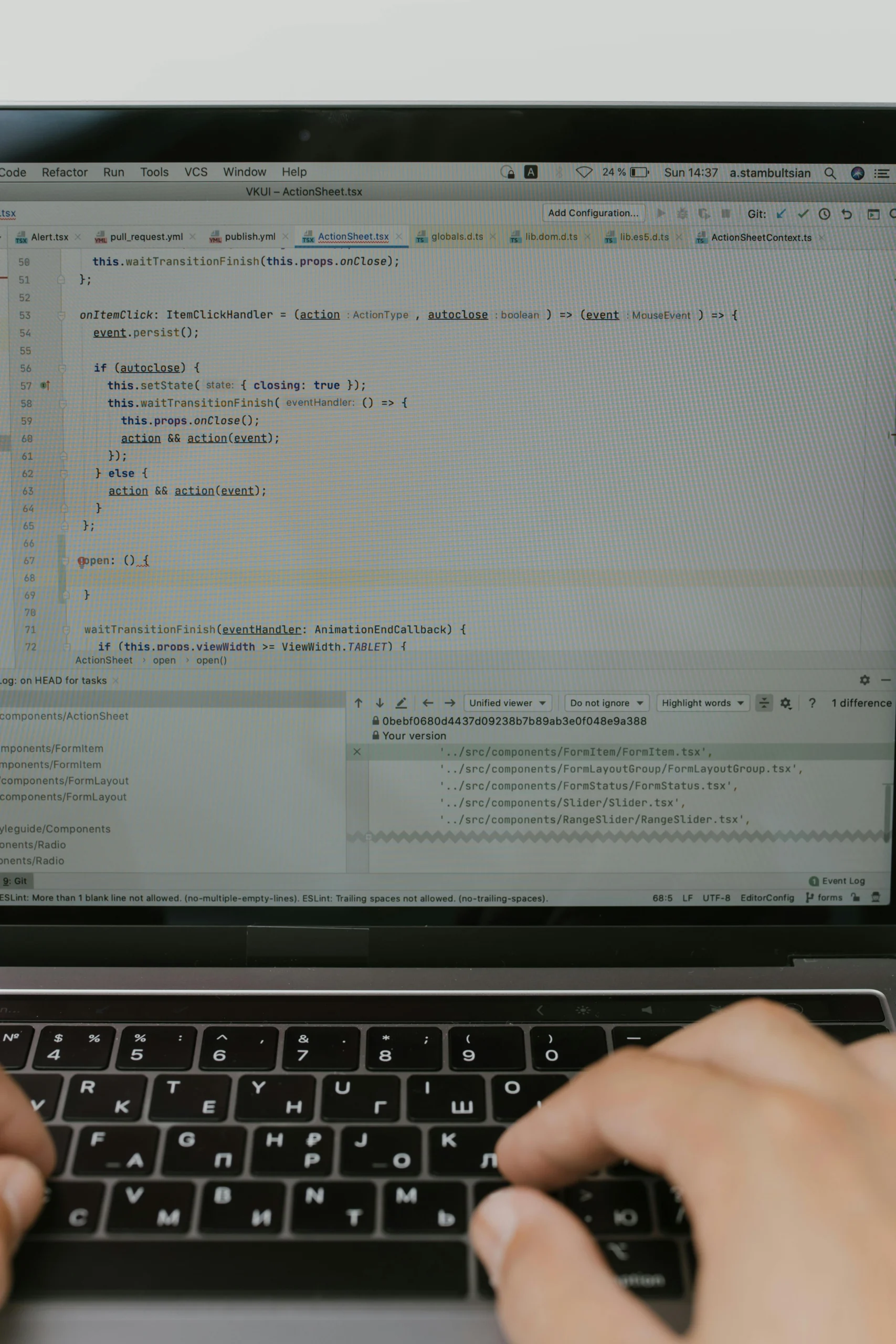Gastric neoplasm, mainly adenocarcinoma, is a highly aggressive cancer often diagnosed late, resulting in poor prognosis and complications such as metastasis. Addressing the disease’s heterogeneity through effective drug combinations is crucial to enhance treatment efficacy, reduce drug resistance, and improve patient survival rates. The study introduces the RAIN method, which integrates the Graph SAGE model to analyze a graph of drugs, genes, and proteins connected by p-value-weighted edges, enabling the identification of promising drug combinations. Natural language processing and systematic literature reviews across databases like PubMed and Scopus were employed to validate the proposed drug candidates. A network meta-analysis was then conducted using Python to quantitatively assess the efficacy of these drug combinations. The results identified oxaliplatin, fluorouracil, and trastuzumab as effective agents, with the triple combination showing the most significant improvement in p-values, indicating superior therapeutic efficacy. Fluorouracil alone had a p-value of 0.0229, which improved to 0.0099 when combined with trastuzumab, and further to 0.0069 with the addition of oxaliplatin. This demonstrates the potential of combining AI-driven graph models with rigorous meta-analytical methods to optimize treatment regimens. The approach not only aids clinicians in selecting effective drug combinations but also provides a data-driven foundation for health policy formulation aimed at gastric cancer management. Future actions may include clinical trials to further validate these combinations and integration of this method into personalized medicine frameworks.
👉 Pročitaj original: arXiv AI Papers








